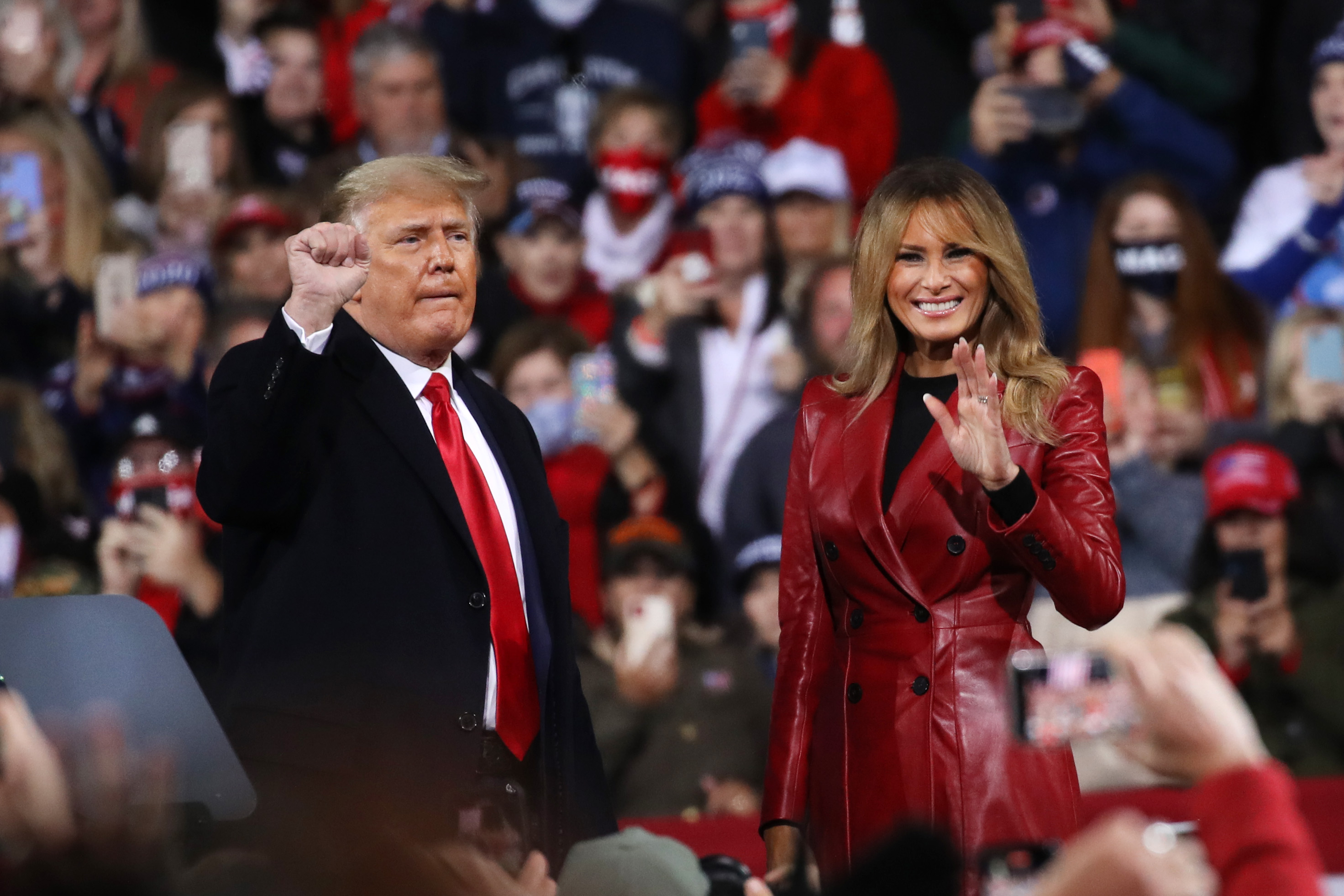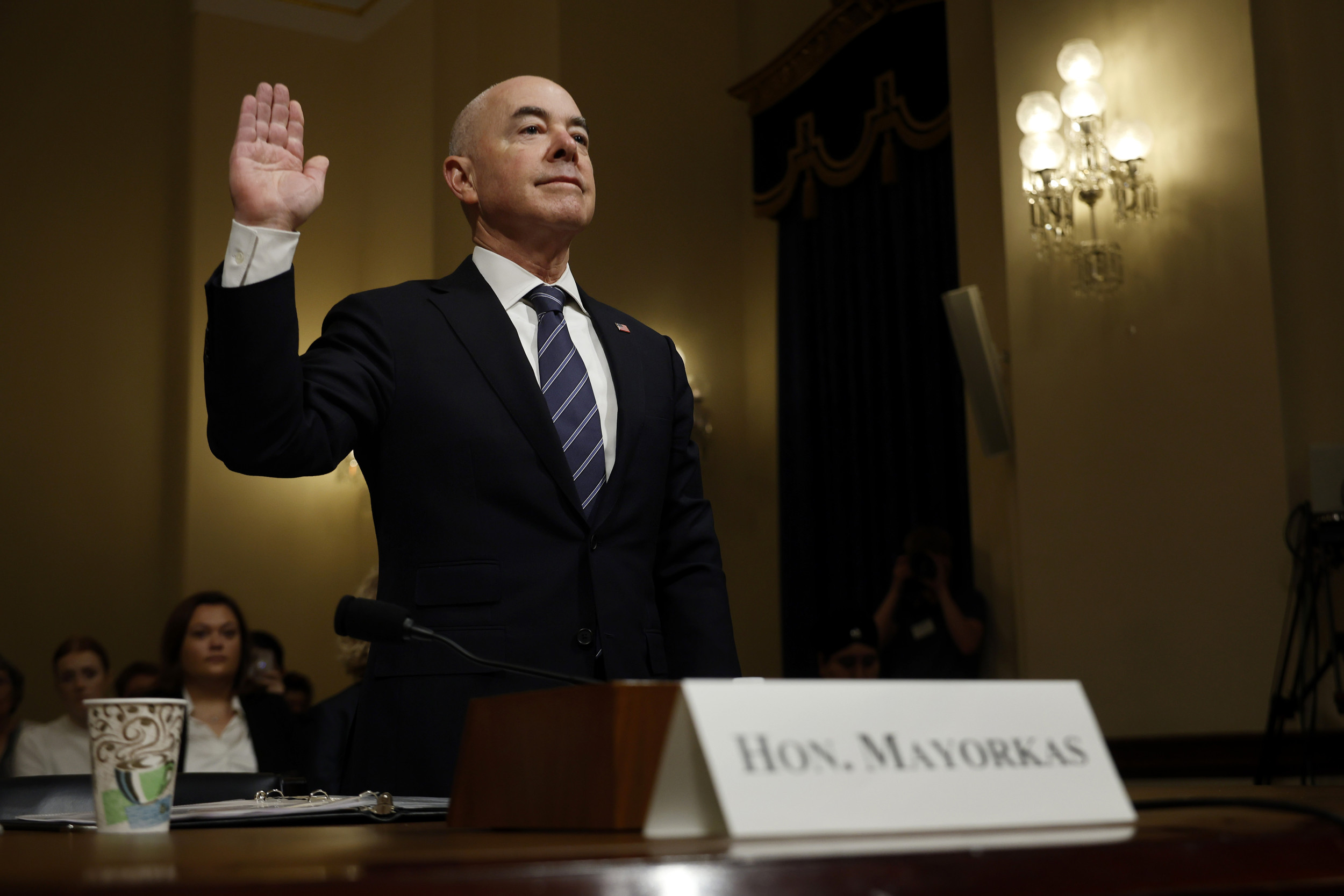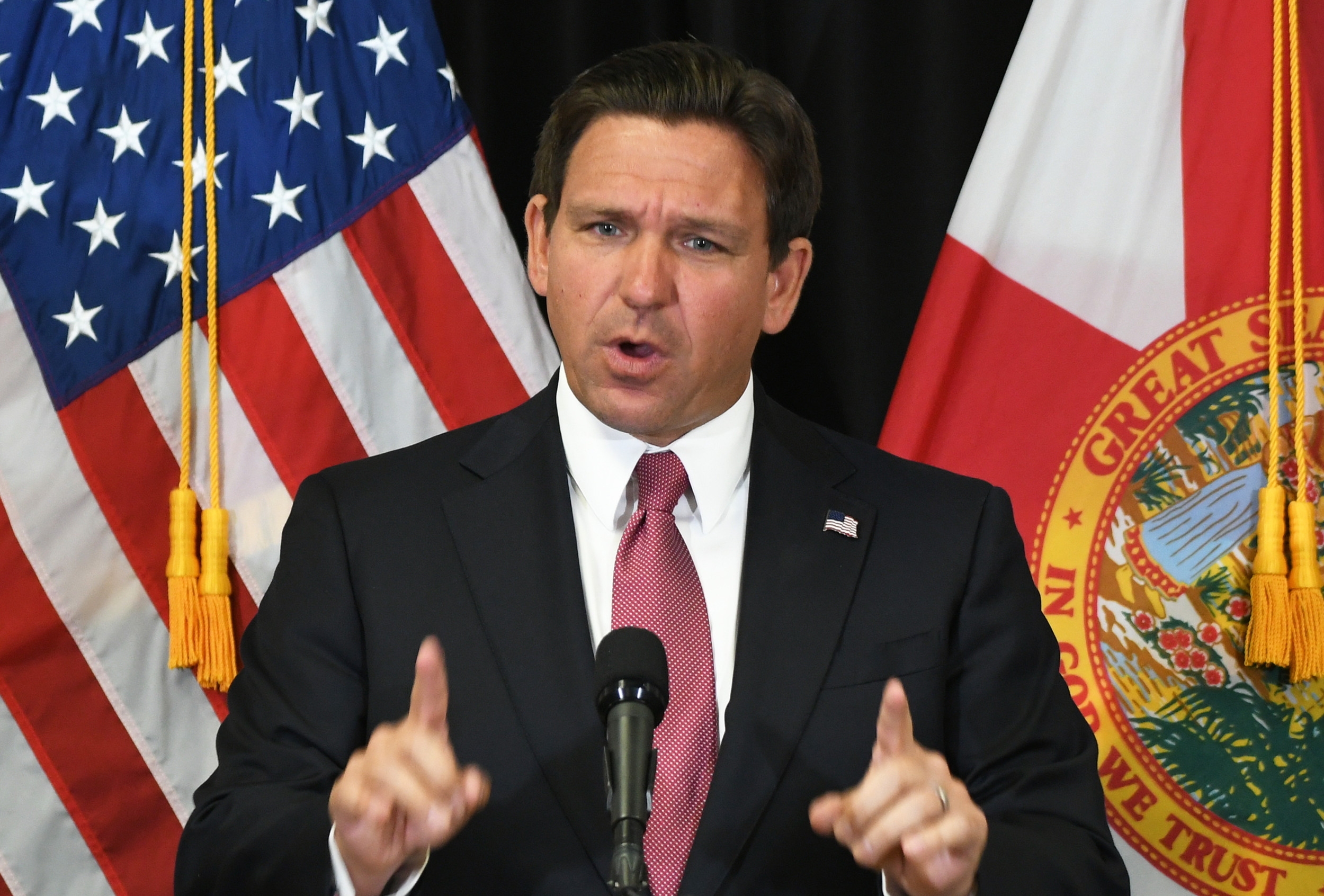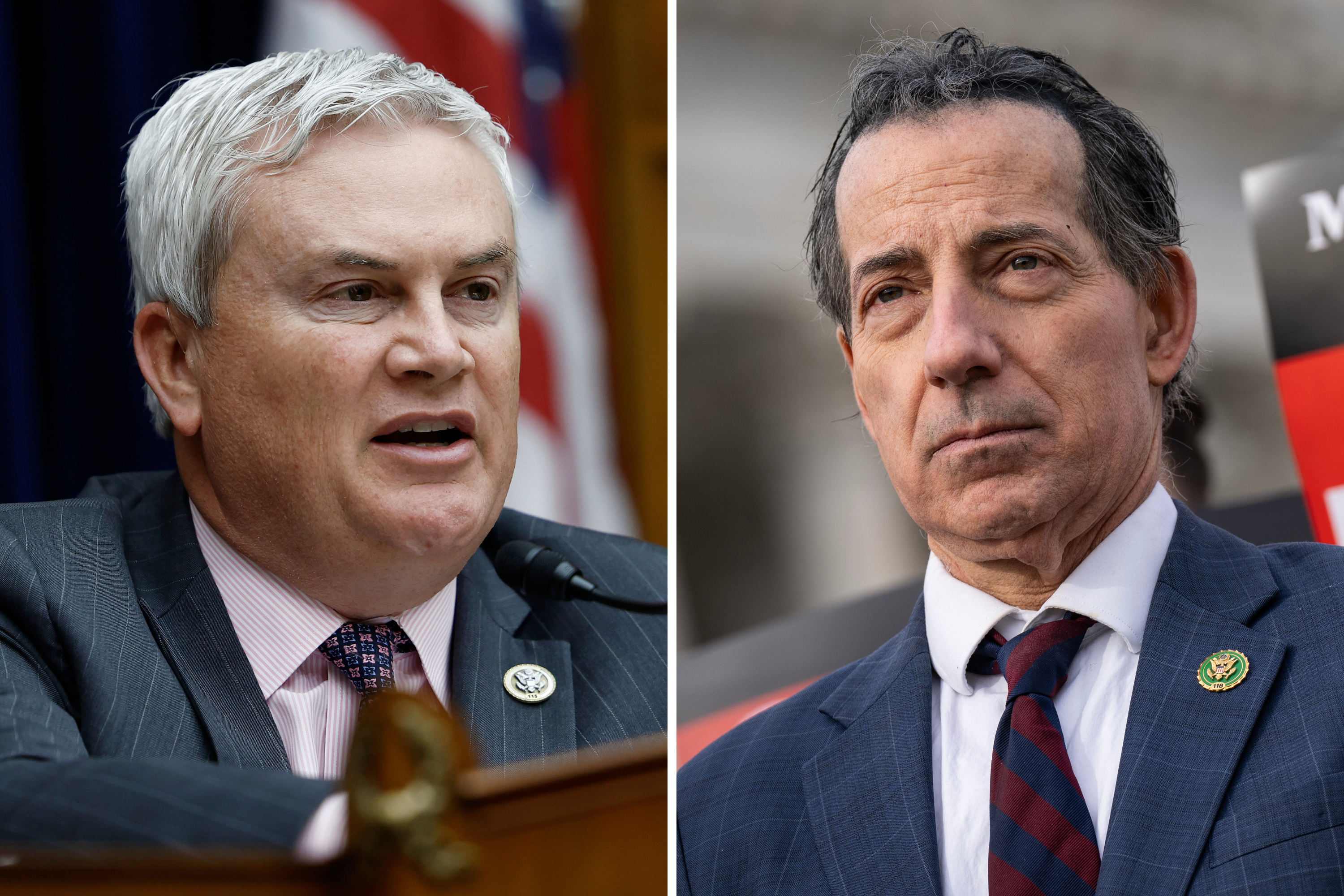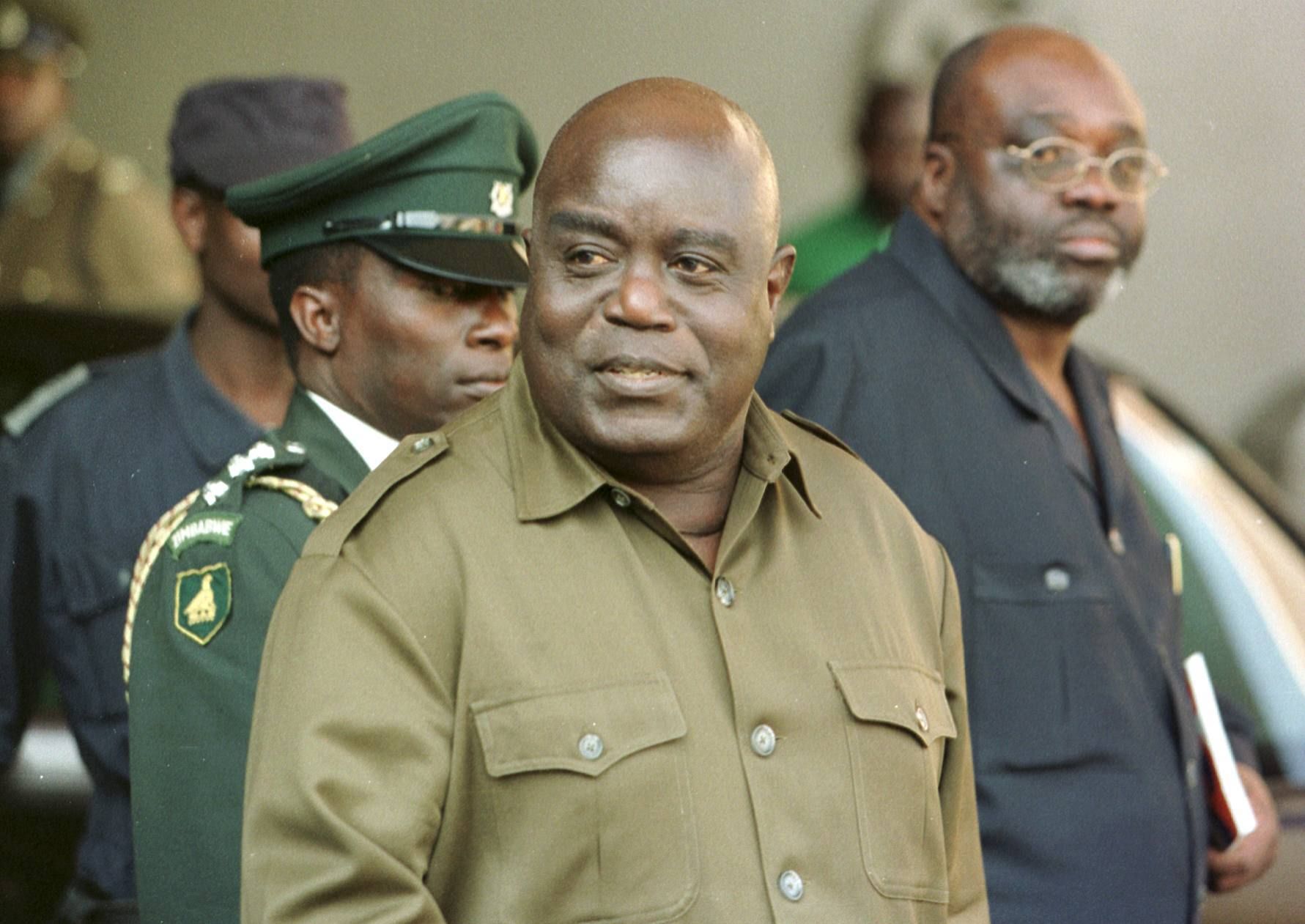
Near midnight on Monday July 27, 1998, less than two days after Laurent-Désiré Kabila, the president of the Democratic Republic of Congo, returned to Kinshasa from a week-long visit to Cuba, a statement was read out on Congolese state television:
"The Supreme Commander of the Congolese National Armed Forces advises the Congolese people that he has just terminated the Rwandan military presence, which has assisted us during the period of the country's liberation."
The declaration, which ordered foreign troops to withdraw within 48 hours, followed a sudden and secretive decision made by Kabila and only a few of his closest advisers after the Congolese president cut short his visit to Cuban capital Havana and rushed back to Kinshasa. These dramatic developments marked the culmination of months of deepening tensions between two rival forces who not long before had been sworn allies.
On one side was Congo's president, affectionately referred to as "Mzee" Kabila (mzee being an affectionate term meaning 'elder') by his friends and backed by a redoubtable ethno-political network—the famille katangaise. On the other side stood the Congolese Tutsi and a Kinshasa-based battalion of elite troops of the Rwandan Patriotic Front (RPF) headed by James Kabarebe who, despite his Rwandan citizenship, had doubled as the chief of staff of the Forces Armées Congolaises (FAC) before his dismissal only two weeks earlier. While they remained nominal allies, the relationship between Mzee and Kabarebe had turned poisonous, and the two had increasingly heated arguments over restructuring the Congolese army and how to stem the tide of a cross-border insurgency that was infiltrating deeper into Rwanda. But as bad as the situation had become—in which checks for weapons became commonplace even in the Council of Ministers—Kabila's unceremonious decree to expel the very comrades who had carried him to the presidential palace significantly escalated tensions, and would light a proverbial powder keg.
The expulsion order represented a remarkable turn of events. Just 15 months earlier, Mzee Kabila anointed himself president after a military campaign by the Alliance des Forces Démocratiques pour la Libération du Congo-Zaire (AFDL) overthrew one of Africa's longest-running dictatorships, that of Mobutu Sese Seko. In only seven months, the AFDL forces—of which Kabila emerged as the nominal head, but with all military operations orchestrated by James Kabarebe— marched more than 1,500 kilometers from Lake Kivu in the east to Kinshasa in the west to end 32 years of dictatorship and destabilizing rule.
Mobutu was considered the arch-symbol of "Old Africa," a neo-colonial dictator whose legendary appetite for luxury and neo-patrimonial mode of government had turned one of the world's potentially richest countries into one of its very poorest. He had served Western interests for decades, maintaining ties with apartheid South Africa and operating as a proxy against socialist regimes in the region. To oust the by then cancer-stricken ruler and to give Congo—and Central Africa as a whole—a "second independence," a formidable pan-Africanist coalition came together in 1996 that was spearheaded by the Rwandan Patriotic Front, heavily backed by the RPF's closest ally, Uganda, and under the politico-intellectual patronage of former Tanzanian president Julius Nyerere. Angola, Burundi, Eritrea and Ethiopia also joined the alliance and offered support to a full-scale invasion that unleashed soaring euphoria as AFDL troops approached Kinshasa. If Nelson Mandela's 1994 election victory spelled the demise of white supremacist rule in Africa, the liberation of Congo in 1996-1997 was supposed to be the death-knell for the neo-colonialism that had cast a long shadow across the region since the assassination of Congo's first liberator, Patrice Lumumba, only months after the country's independence in 1960.
On Tuesday July 28, 1998, only hours after the midnight expulsion order was broadcast, James Kabarebe rushed his troops to Kinshasa's N'Djili Airport to leave immediately. The previous day, before the announcement on state television, the former FAC chief of staff had driven with heavily armed guards to the presidential palace, demanding to see Mzee. Congo's president was wary. While Kabila was in Cuba, rumors circulated that Kabarebe was plotting to assassinate Mzee upon his return by shooting down his plane—an eerie reference to the events that triggered the Rwandan genocide in 1994. The RPA commander was determined to set the record straight and try to talk sense into Kabila, but again faced disappointment. Some 15 months after he carried Kabila to power, Kabarebe left the country in disgrace.
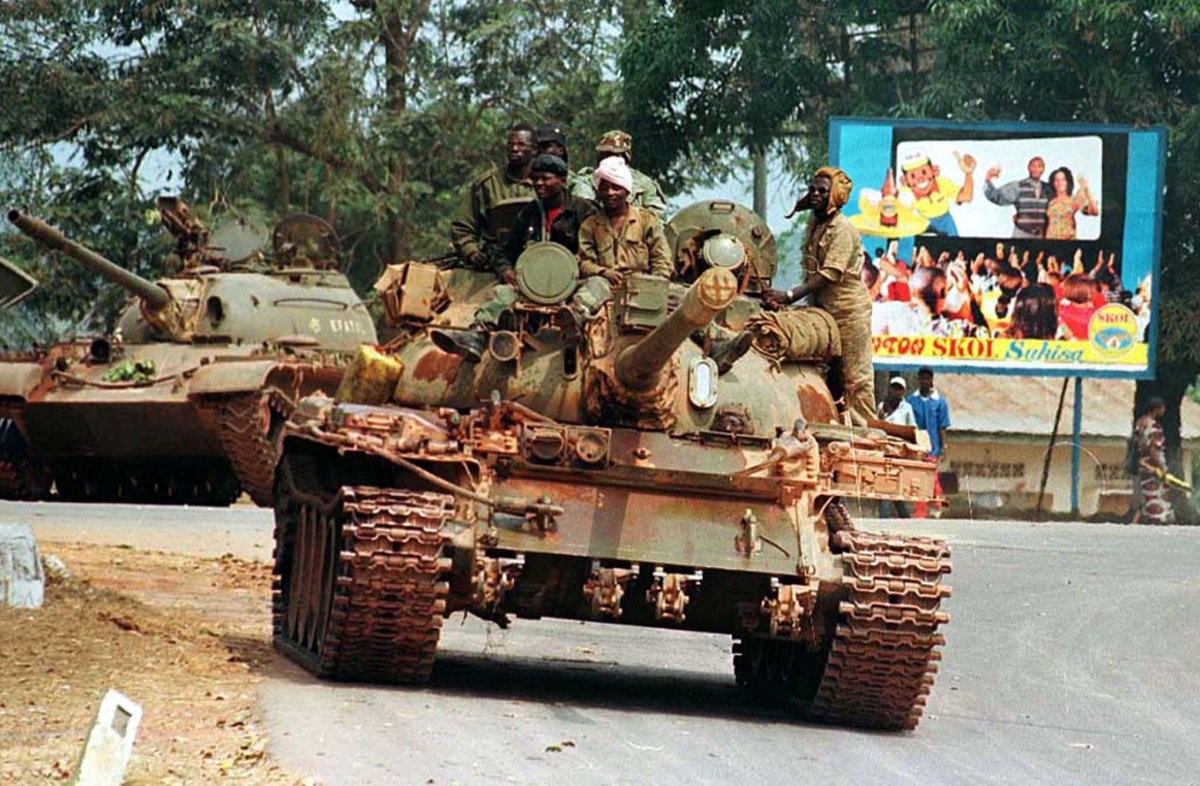
Upon his return to Rwanda, Kabarebe huddled with his boss, RPF supremo Paul Kagame, to decide their next steps. As war plans were being finalized, Kabarebe received a desperate call from China. It was Joseph Kabila, Mzee's son. Kabarebe had appointed Joseph his deputy as head of the Congolese army and the two formed a strong bond. With no military background, the latter looked up to Kabarebe as a role model, but now Joseph was in China where he had gone for training, and watched helplessly from afar as both his mentor and father readied for war. The son called Kabarebe and tried to convince him that the peace could still be salvaged, but to no avail. Kabarebe, who had already decided Joseph's father had crossed the point of no return, hung up the phone.
While Kagame instructed his colonels to ready a specialized force for invasion, Kabarebe traveled to consult with Ugandan President Yoweri Museveni who had also lost all faith in Kabila. Three days later, on August 2, the 10th Brigade of the FAC, the best army unit in Congo and fiercely loyal to Kabarebe, launched a rebellion in the east of the country. Meanwhile, Kabarebe himself commandeered four civilian planes to launch a daring surprise assault on Kitona in western Congo, nearly 2,000 kilometers away on the edge of the Atlantic Ocean and a gateway to Kinshasa.
The offensive forced Kabila to flee to his home region of Katanga and nearly succeeded in capturing Congo's capital, but was thwarted at the last minute when Angolan and Zimbabwean aircraft and mechanized troops intervened to halt Kabarebe's forces. The RPF's defeat in the west merely spelled the conclusion of the first chapter of Africa's Great War as anti-Kabila forces continued their advance from the east. Soon the country was nearly divided in half with the Congolese government backed by Angola, Zimbabwe and Namibia holding the western part of the country and Congolese rebels backed by Rwanda, Uganda and Burundi capturing the east and then the north. As the former comrades bitterly fought on the battlefield, the Congolese people suffered immeasurably; millions died from the war and war-related disease and starvation.
Kabila's expulsion of "all foreign forces" a mere 15 months after the capture of Kinshasa in May 1997 not only triggered the deadliest war in African history, it also marked the denouement of the pan-Africanist project of collective liberation, which had been a central force in the continent's path to independence in the three decades after the end of World War II.
In the 1980s and 1990s, the project was rekindled by a group of regimes that sought to bring about a "second independence" from neo-colonial forces, of which Mobutu Sese Seko was top of the list. The overthrow of Mobutu was supposed to be one of the greatest triumphs of these neo-liberation forces as they revived the pan-Africanist project of collective liberation, yet it ended in its greatest tragedy—a war between comrades.
What accounts for this devastating turn in African history? Having fought side-by-side, Kabila and his Rwandan brothers had much to gain from forging a lasting partnership. How then can we explain the inability of Rwanda, Angola, Tanzania, Ethiopia, Eritrea and Uganda to craft a new regional order with Mzee? And, most importantly of all, why did the political fallout between erstwhile comrades have to lead to a military confrontation that in subsequent years would become the most lethal conflict since the end of World War II, with an excess mortality of anywhere between three-and-a-half to six million people?
This piece is an edited extract from Philip Roessler and Harry Verhoeven's book 'Why Comrades Go to War: Liberation Politics and the Outbreak of Africa's Deadliest Conflict.' The book is published by Hurst in the UK and Oxford University Press in the U.S.
Uncommon Knowledge
Newsweek is committed to challenging conventional wisdom and finding connections in the search for common ground.
Newsweek is committed to challenging conventional wisdom and finding connections in the search for common ground.
About the writer
To read how Newsweek uses AI as a newsroom tool, Click here.



